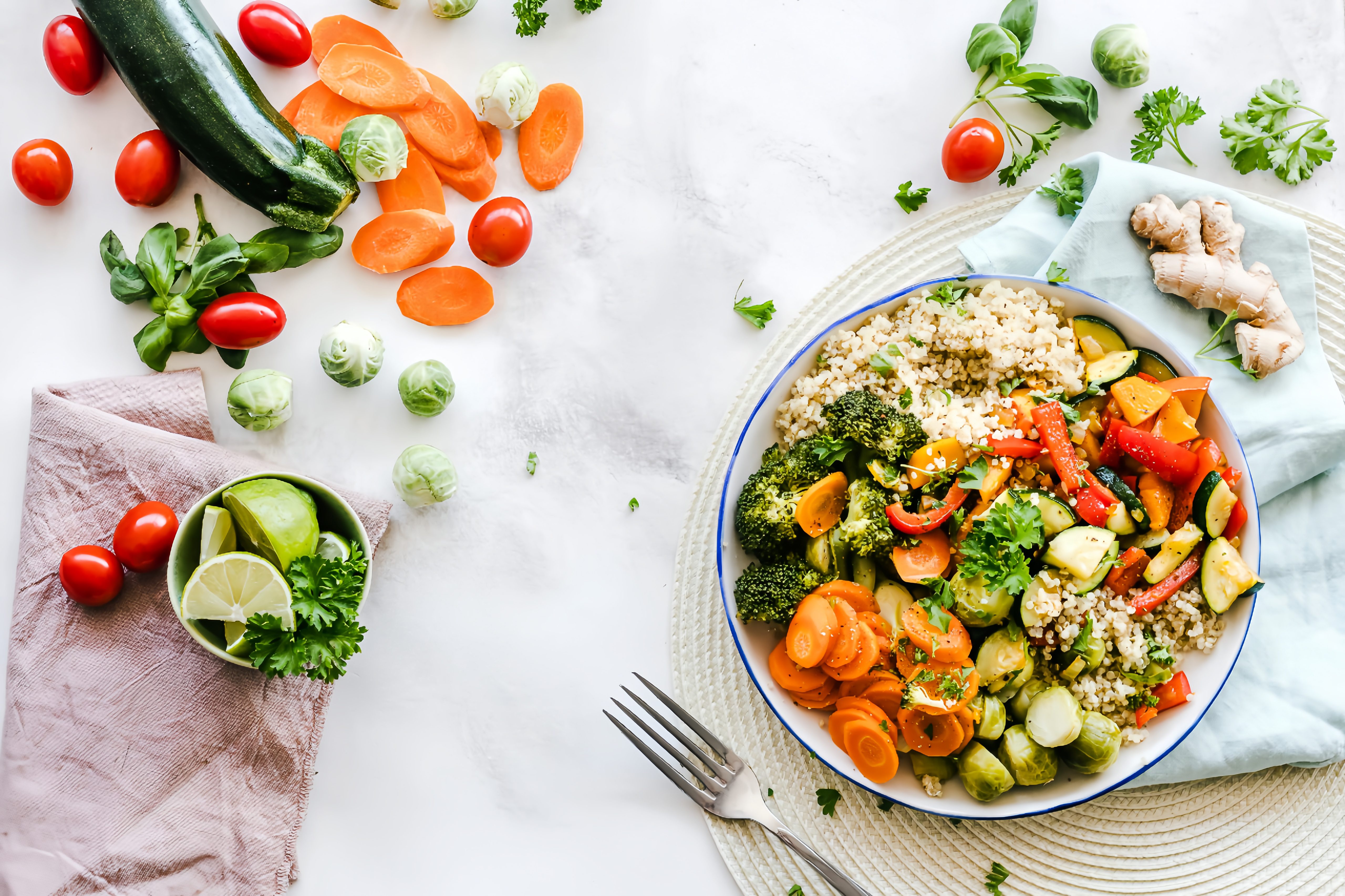How to increase my ferritin levels? Ferritin is a crucial protein in our body that stores iron. Keeping your iron levels healthy is important for your body to work right. If your ferritin levels are low, you might have a condition called iron deficiency, which can cause lots of health issues. In this complete guide, we’ll talk about why ferritin is important, what makes your ferritin levels low, and simple ways to boost them up.


Table of Contents
- Understanding Ferritin
- Causes of Low Ferritin Levels
- Symptoms of Low Ferritin Levels
- Diagnosing Low Ferritin Levels
- Increasing Ferritin Levels a. Dietary Strategies b. Supplements c. Lifestyle Modifications
- When to Seek Medical Advice
- Conclusion
- Frequently Asked Questions (FAQs)
Understanding Ferritin
Ferritin is a protein responsible for storing iron within the body. It acts as a reserve, allowing your body to access and use iron when needed. Ferritin levels are a reliable indicator of your body’s iron stores, which are essential for various bodily functions, such as:
- Transporting oxygen throughout the body
- Supporting healthy red blood cell production
- Maintaining energy levels
- Promoting proper immune function
- Facilitating growth and development
Ideally, your ferritin levels should fall within the normal range, which is typically between 30-400 ng/mL for adults. Having optimal ferritin levels ensures that your body has enough iron to function properly.
Causes of Low Ferritin Levels
There are several reasons why your ferritin levels may be low. Knowing why something happens can help you fix the main problem and take the right actions to boost your ferritin levels. Some common causes of low ferritin levels include:
Insufficient Dietary Iron Intake
One of the most common causes of low ferritin levels is not consuming enough iron-rich foods in your diet. Foods like red meat, poultry, seafood, beans, lentils, and fortified cereals are excellent sources of iron.
Malabsorption Issues
Certain medical conditions, such as celiac disease, Crohn’s disease, or inflammatory bowel diseases, can interfere with your body’s ability to absorb iron from food, leading to low ferritin levels.
Heavy Menstrual Bleeding
Women who experience heavy or prolonged menstrual bleeding may lose more iron than their bodies can replenish, resulting in low ferritin levels.
Pregnancy
During pregnancy, the body’s demand for iron increases to support the growing fetus and the mother’s increased blood volume. This higher demand can deplete iron stores and lead to low ferritin levels. Frequent blood donation can cause iron depletion and low ferritin levels, as each blood donation removes a significant amount of iron from the body.
Chronic Diseases
Certain chronic conditions, such as cancer, kidney disease, or chronic inflammation, can interfere with the body’s ability to utilize and store iron, leading to low ferritin levels.
Symptoms of Low Ferritin Levels
Low ferritin levels can manifest in various ways, and the symptoms may vary depending on the severity of the iron deficiency. Some common symptoms of low ferritin levels include:
Fatigue and Weakness
Insufficient iron can lead to a decrease in oxygen-carrying red blood cells, resulting in feelings of tiredness and lack of energy.
- Pale Skin Iron deficiency can cause a reduction in hemoglobin, the protein in red blood cells that carries oxygen, leading to a paler complexion.
- Shortness of Breath With less oxygen-carrying capacity, you may experience shortness of breath, even during mild physical activity.
- Dizziness and Headaches Low ferritin levels can cause dizziness, lightheadedness, and persistent headaches.
- Brittle Nails and Hair Loss Iron deficiency can contribute to the weakening of nails and hair, leading to brittleness and increased shedding.
- Restless Leg Syndrome Some individuals with low ferritin levels may experience an uncontrollable urge to move their legs, known as restless leg syndrome.
- Impaired Cognitive Function Iron is essential for brain function, and low ferritin levels have been linked to difficulty concentrating, memory problems, and reduced cognitive performance.
It’s important to note that not everyone with low ferritin levels will experience all of these symptoms, and the severity of the symptoms can vary from person to person.
Diagnosing Low Ferritin Levels
If you suspect that you have low ferritin levels, the first step is to get a blood test. Your healthcare provider can order a ferritin test, which measures the concentration of ferritin in your blood.
A ferritin test is typically part of a comprehensive metabolic panel or a complete blood count (CBC) test. The results will indicate whether your ferritin levels are within the normal range or if they are low.
It’s essential to interpret the ferritin test results in the context of your overall health and any underlying medical conditions. Your healthcare provider can provide guidance on the appropriate ferritin range for your individual needs and help determine the underlying cause of your low ferritin levels.
Increasing Ferritin Levels
Once you’ve determined that your ferritin levels are low, there are several strategies you can employ to help increase them. These strategies include dietary changes, supplements, and lifestyle modifications.
Dietary Strategies
Incorporating iron-rich foods into your diet is one of the most effective ways to increase your ferritin levels. Here are some great sources of iron in your diet:
- Red Meat Red meat, such as beef, lamb, and pork, is a rich source of heme iron, which is more readily absorbed by the body.
- Poultry Chicken and turkey also contain heme iron, making them great options for increasing ferritin levels.
iii. Seafood Fish and shellfish, such as tuna, salmon, and oysters, are excellent sources of heme iron.
- Legumes Beans, lentils, and chickpeas are good sources of non-heme iron, which may be less bioavailable but can still contribute to increased ferritin levels.
- Leafy Greens Dark, leafy greens like spinach, kale, and Swiss chard are packed with non-heme iron.
- Fortified Cereals and Grains Many breakfast cereals, breads, and pasta are fortified with iron, making them a convenient way to boost your iron intake.
vii. Dried Fruit Dried fruits, such as apricots, prunes, and raisins, are rich in non-heme iron.
It’s important to note that the body absorbs heme iron more efficiently than non-heme iron. So, it’s good to eat foods with iron from plants together with foods high in vitamin C because vitamin C helps your body absorb that kind of iron better.


Supplements
If changing what you eat doesn’t boost your ferritin levels enough, your doctor might suggest taking iron pills. There are different kinds to choose from, and the one that works best for you will depend on what you need and like.
- Ferrous Sulfate Ferrous sulfate is a commonly prescribed iron supplement that is well-absorbed by the body.
- Ferrous Gluconate Ferrous gluconate is another form of iron supplement that is generally well-tolerated and effective.
iii. Ferrous Bisglycinate Ferrous bisglycinate is a chelated form of iron that is highly bioavailable and less likely to cause gastrointestinal side effects.
- Liquid Iron Supplements Liquid iron supplements are an option for those who have difficulty swallowing pills or capsules.
Make sure you take the iron pills just like your doctor says. If you take too much, you might feel sick, like having a tummy ache, feeling sick, or getting constipated.
Lifestyle Modifications
You can boost your ferritin levels by making simple changes to your diet, taking supplements, and adjusting your lifestyle.
- Avoid Inhibitors of Iron Absorption Certain foods and beverages, such as tea, coffee, and calcium-rich dairy products, can inhibit the absorption of iron. Try to consume these items separately from your iron-rich meals.

